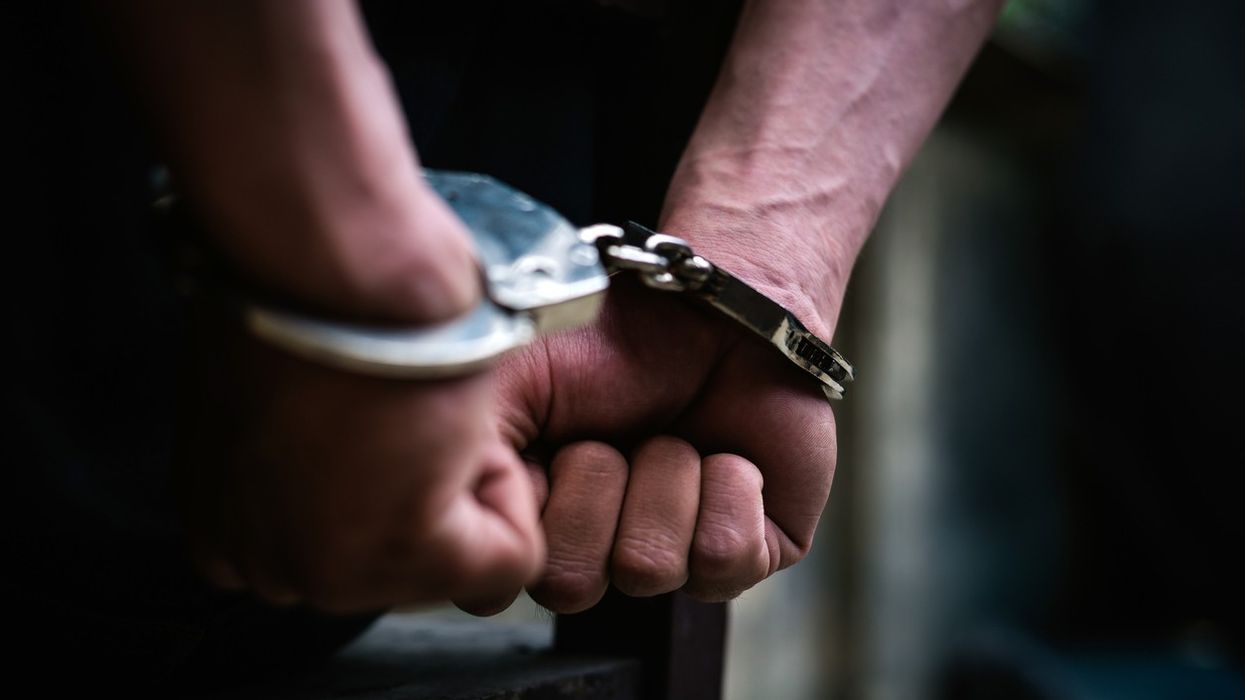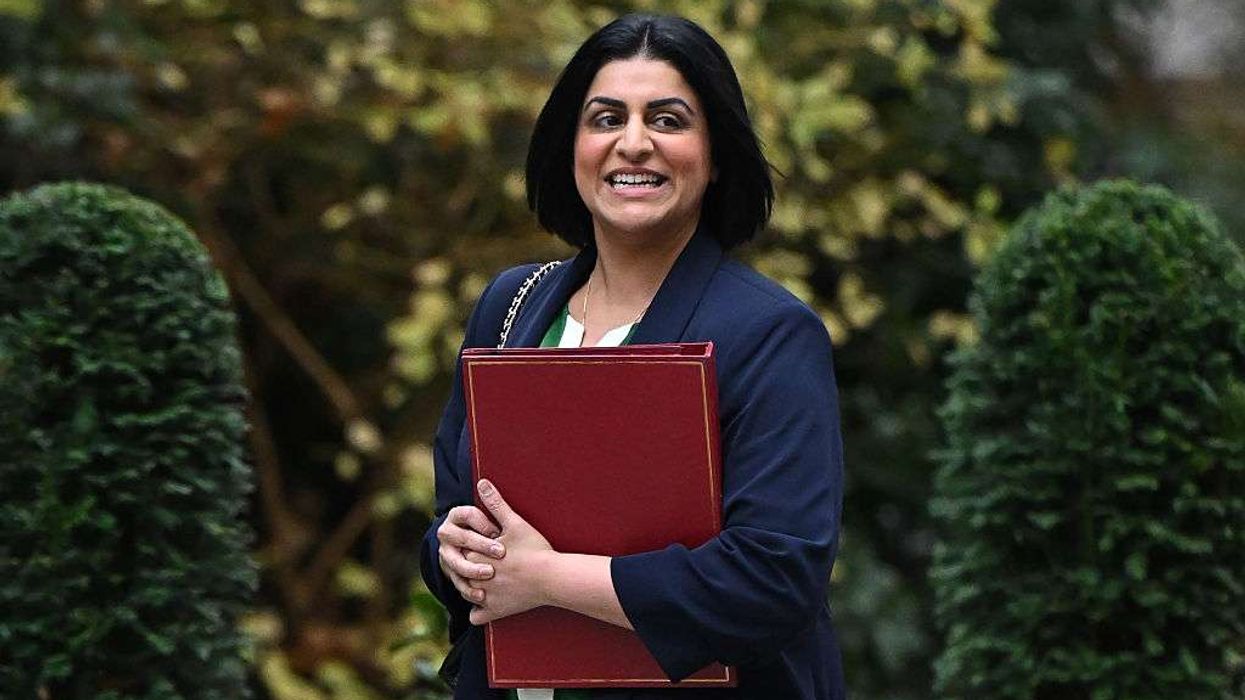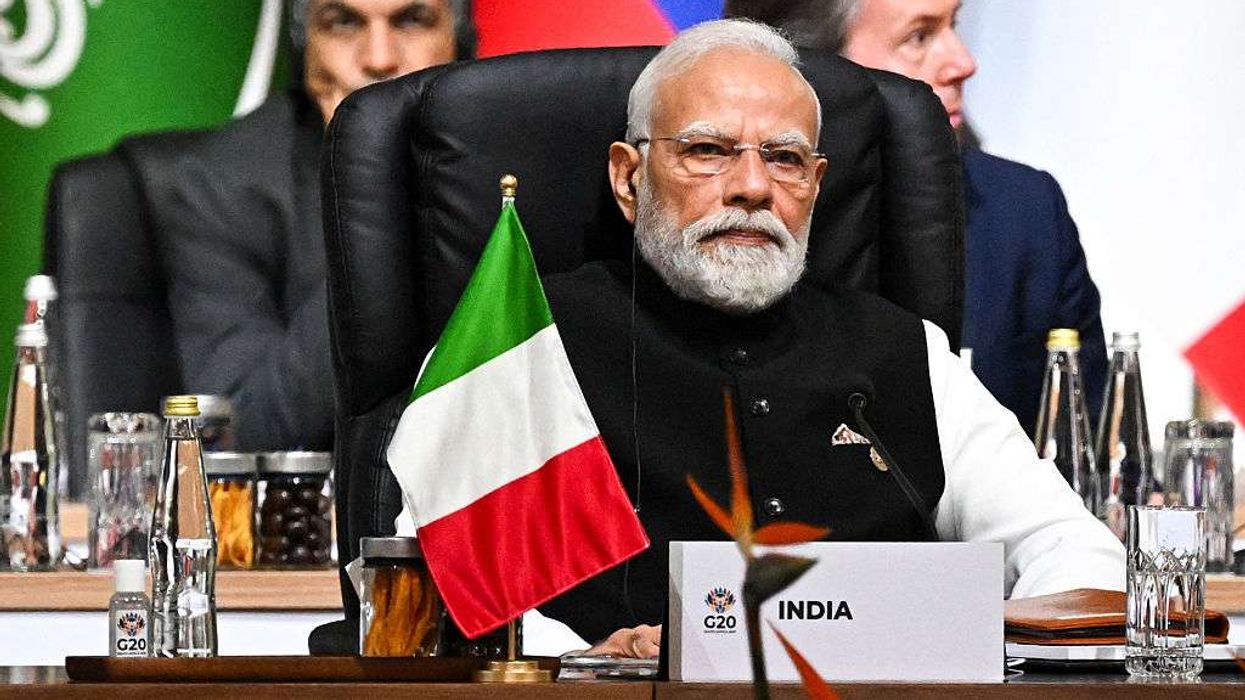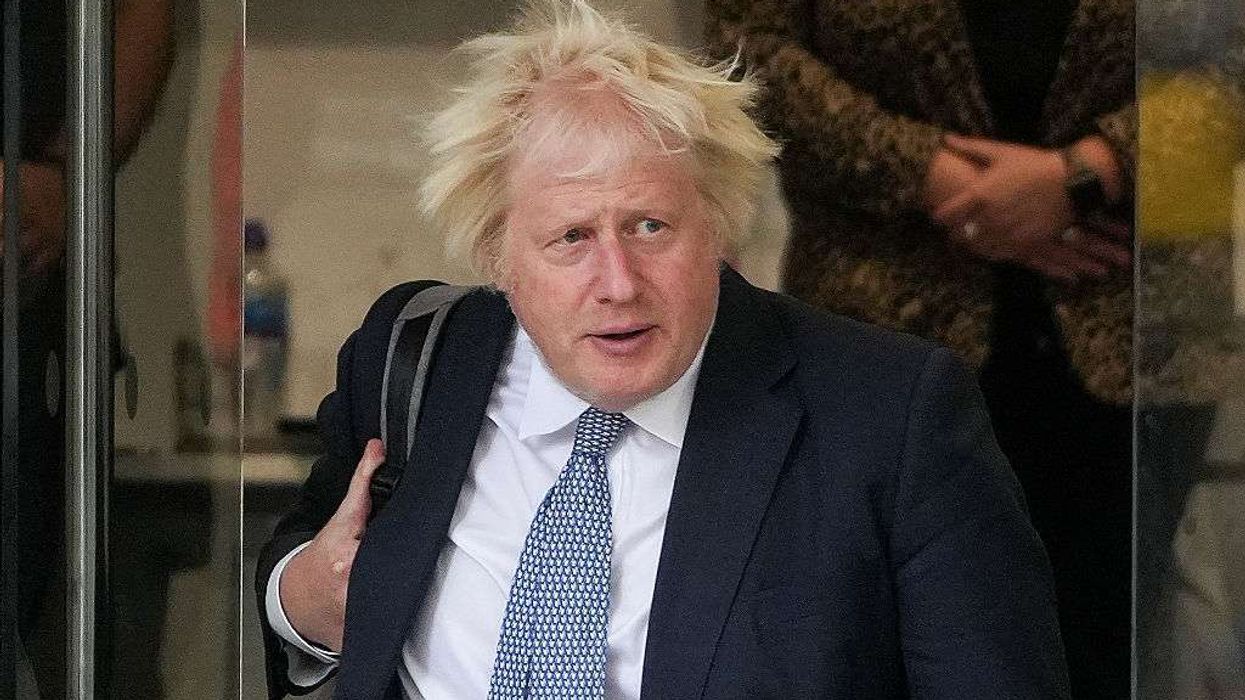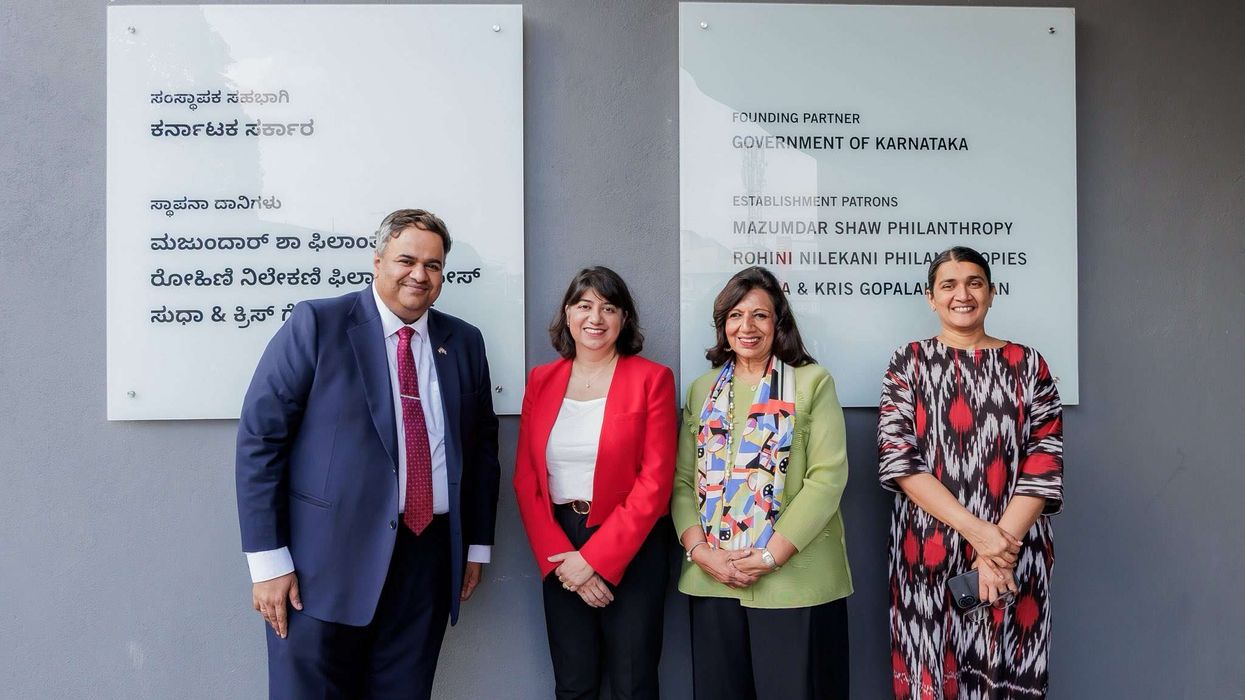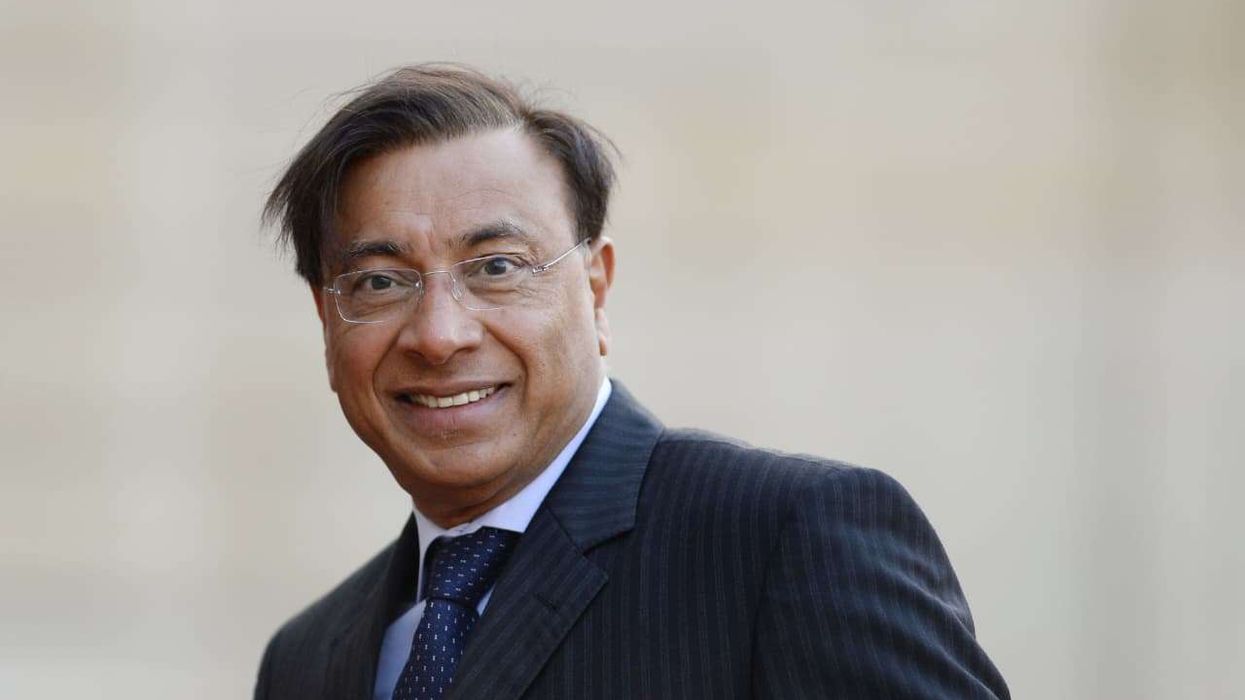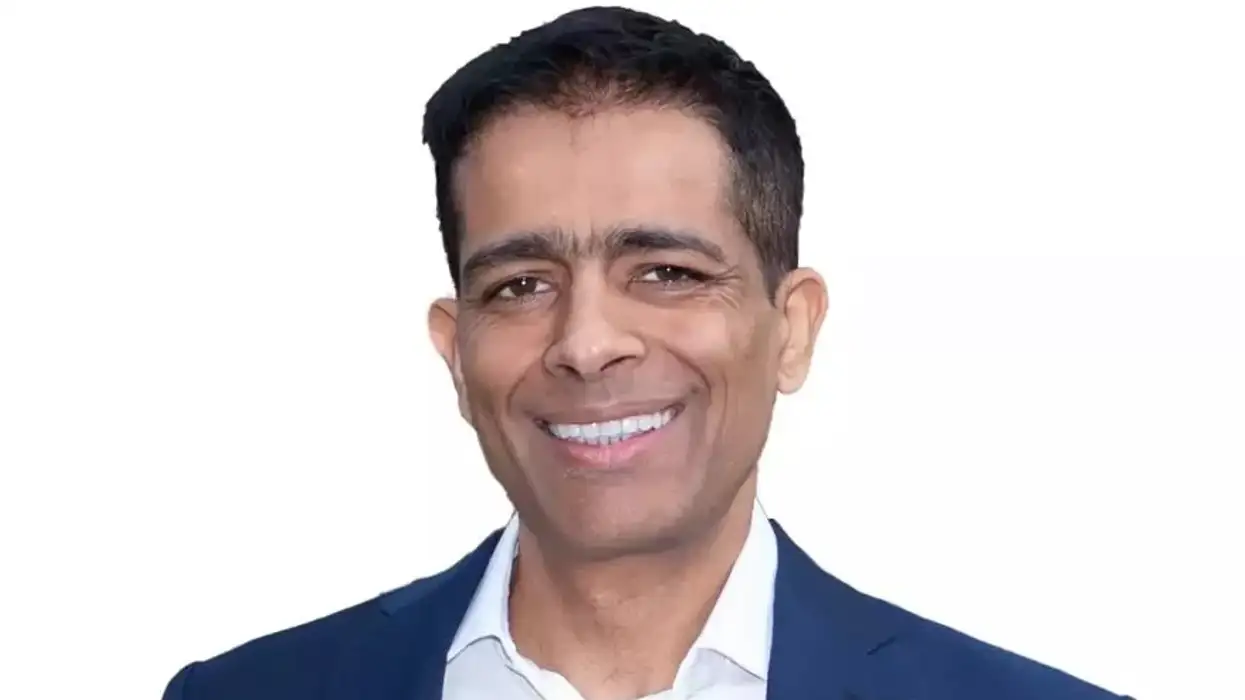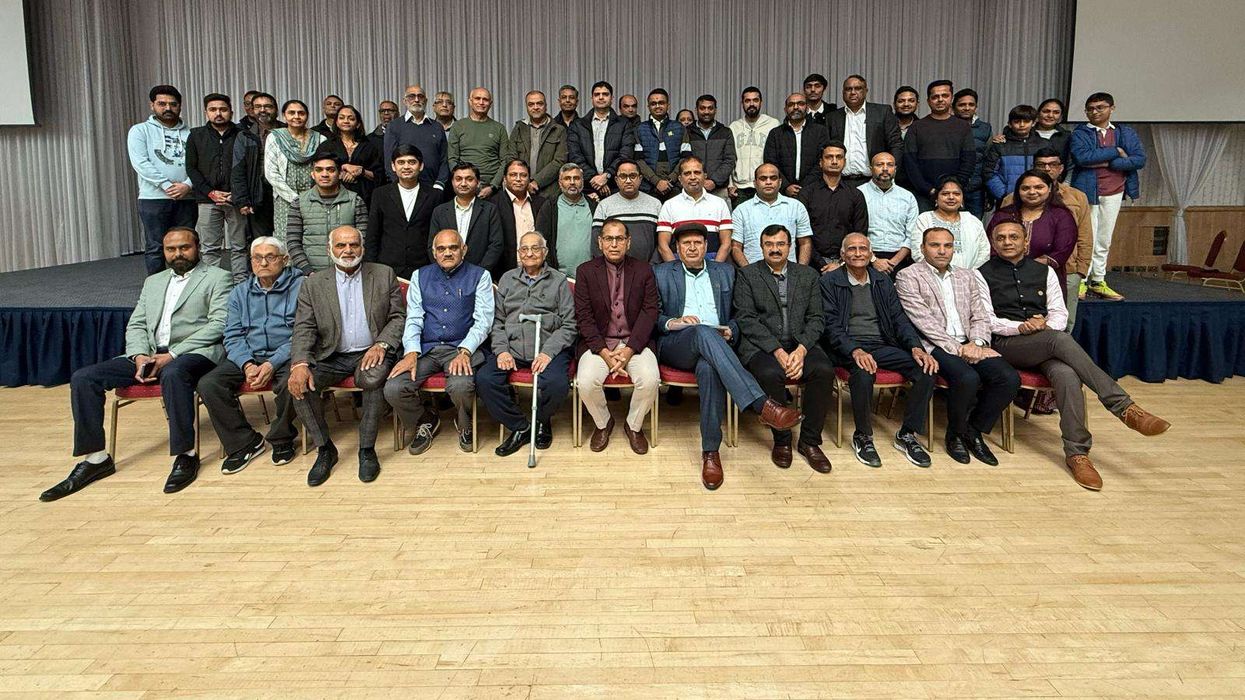AN INDIAN national is among four persons arrested by US immigration authorities over charges related to sexual assault.
Jaspal Singh, 29, an Indian citizen was arrested on January 29 in Tukwila, Washington.
Singh is charged with “assault with sexual motivation”, US Immigration and Customs Enforcement, Seattle said in a release last week.
The other individuals arrested are citizens of Mexico, Guatemala and El Salvador. All four will remain in ICE custody pending removal proceedings.
“Protecting our communities, and preventing further victimisation is of paramount importance to ICE throughout the Pacific Northwest,” said ICE Enforcement and Removal Operations Seattle field office director Drew Bostock.
“These arrests reinforce the message that the presence of illegal criminal threats will not be tolerated.”
President Donald Trump kicked off his second term in office with an ambitious immigration agenda, promising to deport millions of undocumented immigrants and seal off the US southern border.
Since then, Trump administration officials have swiftly moved to strip temporary protections for migrants and delegate more authority to federal and state partners.
More than 8,000 people have been arrested by federal immigration authorities since Trump’s inauguration. Administration officials have not shared exactly how many undocumented immigrants they’re aiming to arrest this year, but daily apprehensions have already surpassed last year’s daily average under president Joe Biden, CNN reported.
(PTI)
